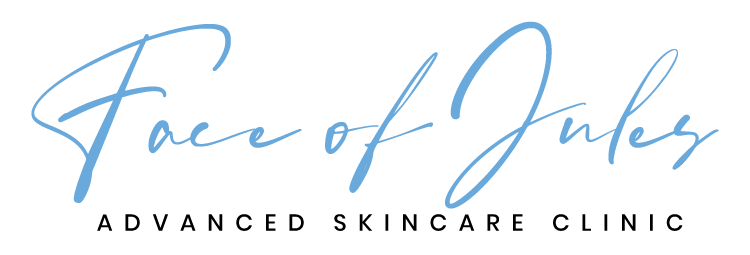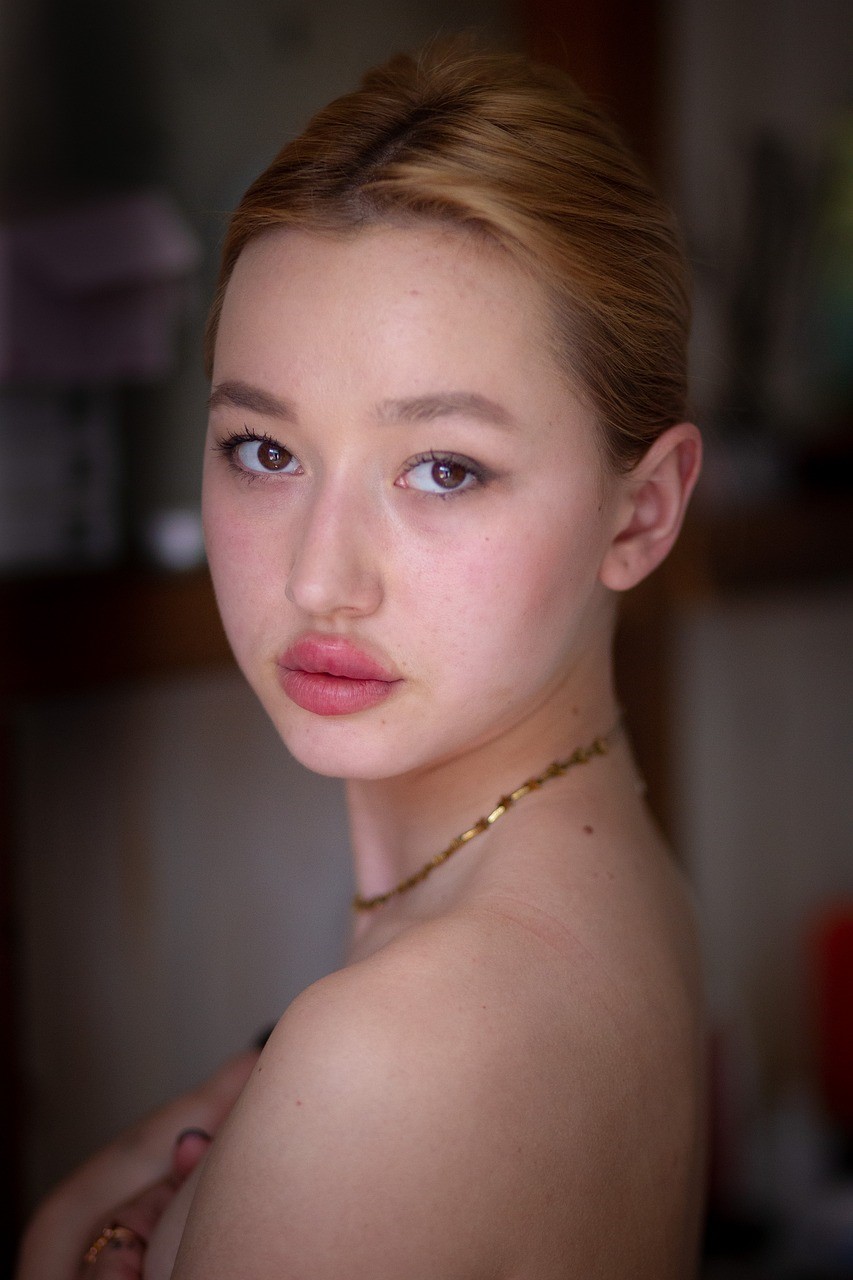Lip augmentation through fillers has become a sought-after cosmetic intervention, especially by those aiming to emulate the voluptuous lips of celebrities like Kylie Jenner. However, it’s important to note that this aesthetic enhancement comes with its fair share of side effects, the most common being bruising.
The duration of lip filler bruising, in particular, has been a topic of concern for many. Before diving into this, let’s first understand what lip fillers are. They are injectable substances used to provide volume and plumpness to the lips. While they may not be a surgical procedure in the strictest sense, they could still be categorized under minor plastic surgery due to their cosmetic implications.
The Aftermath of Lip Injections
Following the procedure, the lip region may feel tender and sensitive. Some individuals may experience temporary cold sores which can be treated with arnica cream to reduce swelling and improve blood circulation. It’s essential to have a follow-up appointment with your healthcare provider to ensure the treated area is healing as expected.
The type of filler used can influence the side effects experienced. For instance, hyaluronic acid fillers are known to result in fuller lips but may also lead to side effects like changes in blood pressure. It’s always advisable to consult with an expert injector or plastic surgeon for medical advice before proceeding with the treatment.
Bruising After Lip Injections: How Long Does It Last?
The bruising associated with lip filler injections typically lasts up to two weeks, with most people observing a significant reduction in the bruising between the 4th and 7th day. However, this duration is subject to individual variations and could be shorter or longer for some.
If the appearance of the bruises concerns you, it’s recommended to consult with your injecting physician. They can provide guidance and treatment options to minimize bruising and expedite the healing process.
Tips to Accelerate the Healing Process
There are several strategies you can employ to expedite the healing process post lip filler treatment.
Avoid Interference: Refrain from touching or massaging the injection site to prevent further bruising or inflammation.
Cold Compress: Apply a cold compress to the area multiple times a day for the first few days post-treatment. This can significantly reduce swelling and discomfort.
Heat Exposure: Limit exposure to sunlight or heat sources as they can exacerbate bruising.
Supplements and Topical Treatments: If the bruise is particularly large or deep, your physician may suggest taking Arnica Montana supplements or using topicals like bio-oil to alleviate swelling and discoloration.
Remember, it’s vital to discuss any concerns or queries with your physician before trying out any recovery strategies.
Understanding the Causes of Lip Filler Bruising
Bruising is a common occurrence post lip filler injections. When the needle punctures the skin, it can damage tiny blood vessels, causing them to leak and form a bruise.
Even the most experienced injectors may inadvertently cause bruising due to the delicate nature of the procedure. However, certain precautions can be taken to minimize the risk of bruising.
Precautionary Measures to Minimize Bruising
Alcohol and Blood Thinners: Avoid consuming alcohol or taking blood thinners at least 24 hours prior to your appointment. These substances can increase the risk of bleeding and bruising.
Medical History: Inform your physician about any history of easy bruising or if you’re on any medication that could increase bleeding risk.
Type of Needle: Request your physician to use a cannula (a blunt-tipped needle) instead of a sharp one. This can reduce the damage to blood vessels, thereby minimizing the risk of bruising.
Remember, despite best efforts, there’s still a small possibility of bruising.
Bruising Duration: What to Expect
The severity and duration of bruising following lip fillers can vary greatly among individuals. On average, the bruising begins to fade after a few days and should completely disappear within a week. However, in some cases, the bruising may persist for up to two weeks.
Managing Lip Filler Bruises: Practical Tips
If you end up with post-procedure bruises, don’t fret. Here are a few strategies to manage bruising and accelerate the healing process:
Avoid Interference: Resist the urge to touch or massage the area injected, as it can exacerbate bruising.
Cold Compress: Applying a cold compress to the area several times a day for the first few days post-treatment can alleviate discomfort and reduce swelling.
Sunlight Exposure: Limit exposure to sunlight or heat sources, which can worsen bruising.
Supplements and Topical Treatments: For larger or deeper bruises, your physician might suggest Arnica Montana supplements or topicals like bio-oil to reduce swelling and discoloration.
Lip Filler Bruising: The Bottom Line
lip filler bruising is a common, temporary side effect that typically resolves within two weeks. However, individual experiences may vary. If you’re concerned about the appearance of your bruises, it’s best to consult with your injecting physician. They can provide guidance and treatment options to reduce bruising and accelerate healing.
Remember, it’s always better to discuss any concerns or queries with your physician before adopting any recovery strategies. Ensuring you’re in the know about your treatment and its possible side effects enables you to navigate the journey of lip filler bruising with confidence.

